Center of Excellence in Advanced Research Division
This division establishes the bases in three fields of the Academic Peak, Innovation, and Co-creation of a Collaborative Society to advance the formation of an international or societal base in engineering, as well as the exploration of new, cutting-edge interdisciplinary research fields.
We will advance the formation of the world’s leading academic base by pioneering new cutting-edge academic areas.
We will promote the innovation creation through the pioneering of seeds for cutting-edge technologies and spinoff startups and then advance the formation of an academic base that can take the lead as a new research and development model with industry-academia collaboration.
Co-creation of a Collaborative Society Base
Based on research that leads to pioneering new academic areas, we will promote and build a sustainable future society through co-creation and cooperation with industry, academia, and government to form an academic base that contributes to innovative changes in the social system and practices.
Academic Peak Base
Tobisu Research Base for Catalysis Science <Started in 2021>
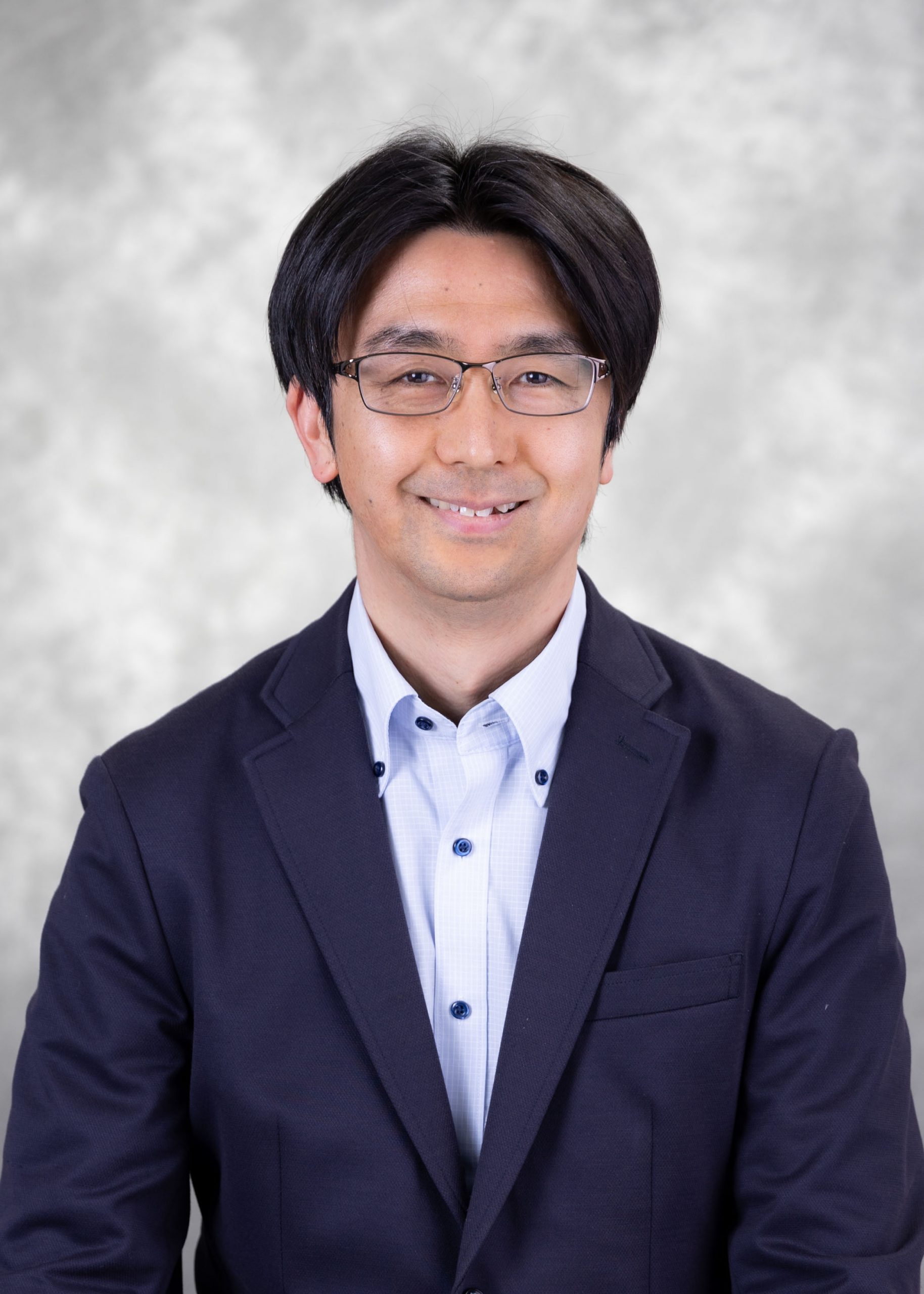
The “Research Base for Catalysis Science” is a research base for promoting pioneering research in the field of catalysis science. Since the earliest days of catalysis science, Osaka University researchers have made discoveries that have revolutionized the field, such as carbon-hydrogen bond (C-H) activation and molecular photoredox catalysis. Although catalysis science research is a strength of Osaka University, to make further advances in the field, collaboration across the boundaries of existing academic disciplines is now essential. That is why experts from various fields, such as organic chemistry, coordination chemistry, spectroscopy, and theoretical chemistry, participate in the base. To facilitate applied research using state-of-the-art catalysis science, top researchers in materials science are also involved in the base. The extensive collaboration of all these researchers enables us to achieve breakthroughs in catalysis science that help to generate technological advances that benefit society. We have a range of studies on catalyst development in progress, for example on catalysts that break strong chemical bonds for developing processes to synthesize key chemical products from unused biomass and waste plastics, and on catalysts to activate inert small molecules such as N2 and CO2 and convert them to high value-added compounds. The base is also pursuing research aimed at utilizing a series of original molecules, created by taking full advantage of Osaka University’s cutting-edge catalysis technology, as materials for solar cells, fluorescent probes, and other applications.
Nakano Research Base for Innovative Additive Manufacturing <Started in 2024>
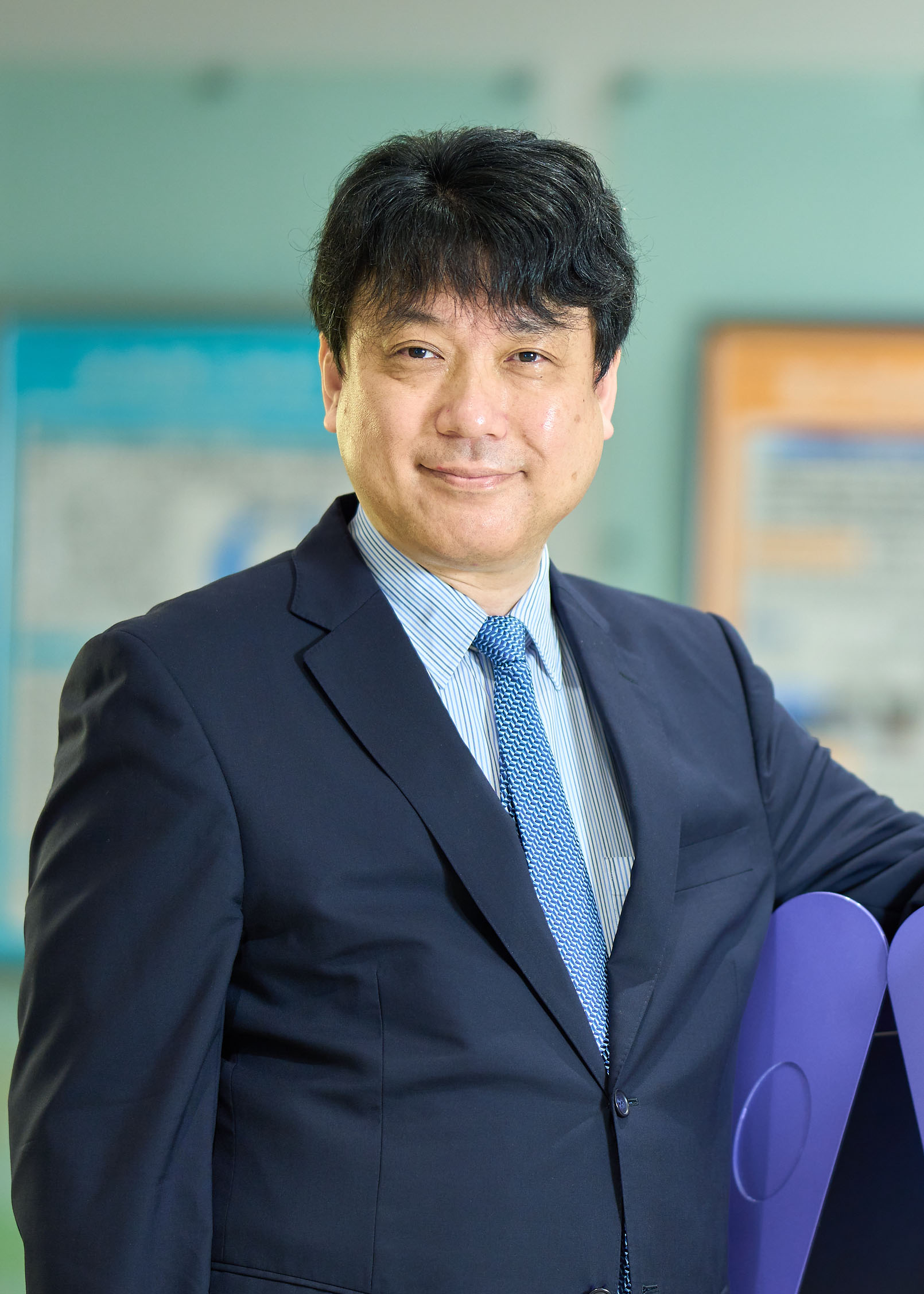
The principal mission of the Nakano Research Base for Innovative Additive Manufacturing is to link cross-disciplinary education and research on additive manufacturing (3DP) throughout the entire Graduate School of Engineering and all departments through the establishment of the Osaka University 3DPTec Integrated Research Center, with the aim of realizing a “zero-distance society” in which people can access “what they want, when and where they want it,” as well as a near-futuristic super-customizable society.
The “P” in 3DP stands for Prospect (3D prospect), Printer (3D modeling), and Product (3D product). Thus, “3DP” means high value-added manufacturing based on these elements, to be used for everything from infrastructure construction to real-world implementation, for “shaping a dream society” in which almost any desired products can be immediately obtained.
The Graduate School of Engineering already possesses numerous international “seeds” for the additive manufacturing (3DP) revolution, such as medical devices, future foods and artificial organs, aerospace parts, and large offshore wind turbines. These have potential for a variety of 3DP technologies, from the nano world of atoms and molecules to the macro world of large-scale structures. For example, the Metal AM (3DP) Center that is affiliated with the Graduate School of Engineering, which was established in 2014, has developed the world’s first clinically successful bone-quality (healthy bone down to the atomic level) inducible 3D device. This demonstrates that 3DP is not merely a new manufacturing method for creating complex shapes, but also a cutting-edge engineering method for freely manipulating atomic arrangements and enabling new functionality.
By bringing together these state-of-the-art seeds of the Graduate School of Engineering and collaborating scientifically across different disciplines, we aim to establish an international “brand” to associate additive manufacturing with Osaka University (3DP = Osaka University), based on the development of a scientific theory that could be called “Excellent 3DPTecology” (3DP Science, 3DP Technology, 3DP Business and 3DP Art).
Innovation Base
Kino-oka Research Base for Cell Manufacturability <Started in 2021>
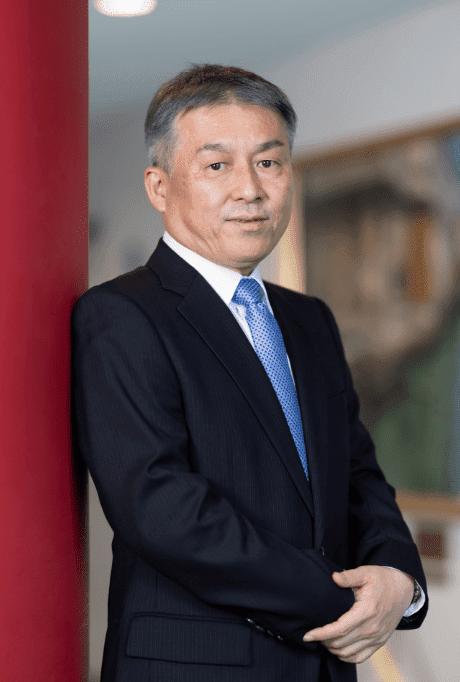
The “Research Base for Cell Manufacturability” focuses on the manufacturing study for regenerative medicine using stem cells, cultured meat, and organoids for drug discovery, with the aim of clarifying the direction of development from the viewpoint of biochemical engineering for developing cell manufacturing technology to contribute to new industries and pursuing Kotobuki (“making things happen”), i.e., formulating common and unique concepts and technologies relating to cell manufacturing. This academic discipline is still quite immature, particularly cell manufacturing, in which the core technology is cultivating cells, so the discipline needs to be developed simultaneously with real-world applications of the technology. Thus, I think it is vital to establish a sophisticated research base, through a system that connects people, information, technology, and disciplines.
This research base will form an unprecedented “think tank” for industry-academia-government collaboration (Core Japan), built around multiple labs, including collaborative labs and joint research courses from a variety of industrial fields that represent the strengths of the Graduate School of Engineering. The new discipline of cell manufacturability” is the basis of our project. By simultaneously developing cell manufacturing technology that leads to the ability to manufacture fickle cells safely, reliably, and inexpensively (“making things”), formulating guidelines such as domestic regulations and international standards (“making rules”), and cultivating human resources with good sense, including recurrent education for working adults (“making people”), we aim to form an ecosystem to facilitate activities related to education, research, industrialization, and lifestyle, to promote real-world application of technologies related to cell manufacturing in society (“making things happen”).
Mori Research Base for Super-Crystal Innovation <Started in 2021>
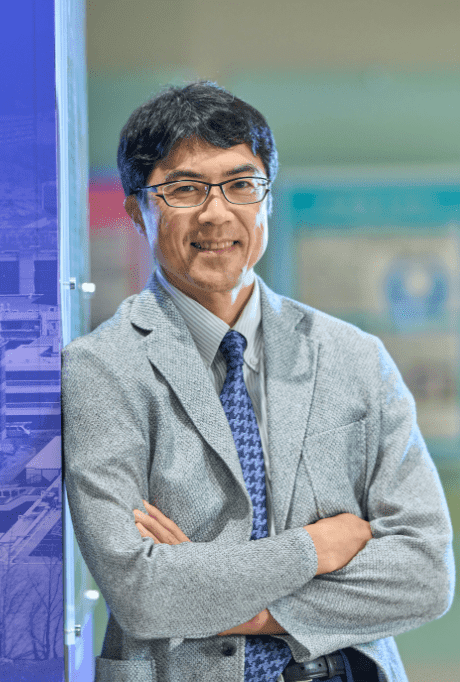
To achieve carbon neutrality, high-efficiency power devices to enable electrical energy savings are important. Advances in IoT combining next-generation 5G/post-5G communications technology and artificial intelligence (AI) are also indispensable for realizing a digital society, as well as for helping to achieve carbon neutrality by optimizing energy use. At the “Mori Research Base for Super-Crystal Innovation” we have developed a crystal growth technology that combines Na-flux and ammonothermal methods to achieve technological innovation in the mass production of high-quality, low-cost GaN wafers as materials that can pave the way to a green digital society. We are also doing R&D on the OVPE method to realize ultra-low resistance GaN crystals that boast an electrical resistance an order of magnitude lower than conventional crystals. The Na-flux method and OVPE method are the only technologies in the world that have been studied and developed in this lab for 26 years and 20 years, respectively. The aim of our research is to generate innovations to make Japan a leader in the field of semiconductors by practical application of ultra-high-power deep-UV laser light sources, which are indispensable for semiconductor manufacturing technology, utilizing the nonlinear optical crystal CsLiB6O10 (CLBO), discovered in 1993. In FY2022, the research base began tackling biomaterials research as a new theme aimed at improving human health and longevity. Since 2018, we have been working with doctors in the Department of Nephro-urology at the Nagoya City University Graduate School of Medical Sciences to elucidate the mechanism of urinary stone formation that we have worked on in the METEOR project, as well as with doctors from the Department of Immunology and Cell Biology at the Osaka University Graduate School of Medicine on elucidating the mechanism of bone remodeling, which we are working on in the teamBONE project.
Fukusaki Research Base for Frontier Industrial Biotechnology <Started in 2021>
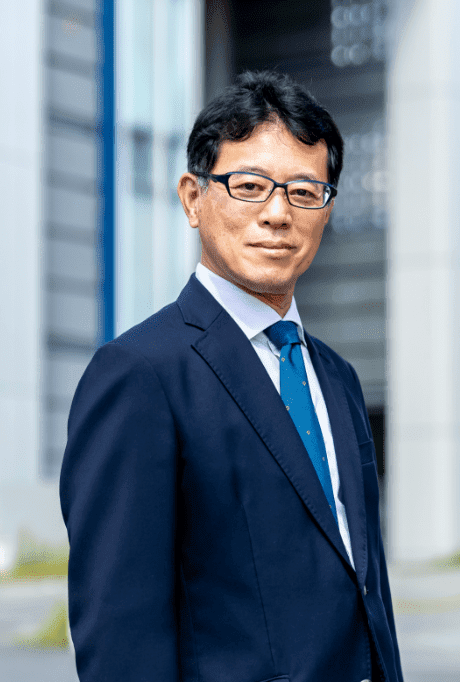
Japan boasts the world’s highest level of food safety. Our aim is to provide “food safety and deliciousness” by adding “functions” that enhance foods and add value. By collaborating with industry, we also hope to boost the popularity of Japanese food brands internationally. We will work on “food innovation” from an interdisciplinary perspective that spans the fields of bioengineering, analytical chemistry, chemical engineering, electronic and information science, agronomics, and nutritional epidemiology, to promote technological innovation and behavioral change in society. In doing this, we will establish a platform for innovative technological developments in food engineering for the 21st century, built around the core technologies of food metabolomics, food-related digital transformation, food security, food printing, bioproduction, and genome editing technologies. These developments are expected to create synergies not only in the field of food, but also in promoting the development of biopharmaceuticals and the creation of biomass resources and biofuels. One new approach we are taking in the current year is to identify dormant assets and discuss and deeply explore “new food-related technologies” from the perspective of food loss, food shortages due to population growth, Japan’s food self-sufficiency problem, obesity, eating alone, and other social issues. As part of an exploratory study of food issues, we are communicating our initiatives to high school students and the younger generations, and are planning collaborations with high schools and universities.
Fujita Research Base for Life Photonics <Started in 2022>
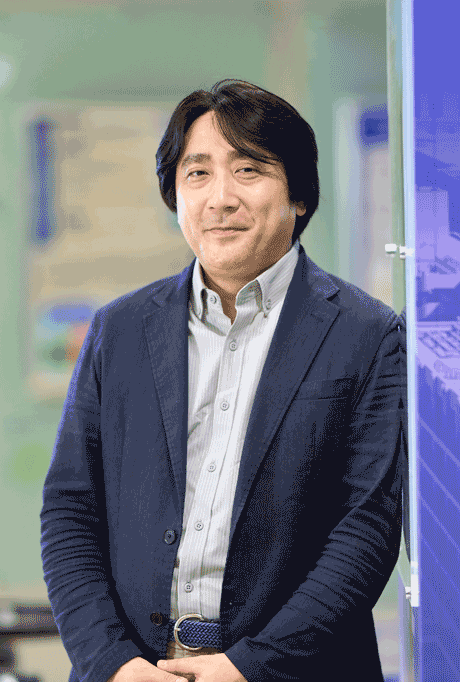
With the goal of maintaining human health and building gentler medical and food environments, this research base conducts interdisciplinary research centered on photonics, which serves as the core of measurement, imaging, sensing, and control technologies that can be applied to anything from molecules and cells to biological tissues. The goal of our activities is to produce new technologies in bioimaging, molecular cell analysis, and artificial living tissue construction, and to create innovative health management and medical/drug discovery techniques. In addition to offering optical measurement technology capable of radically changing pure research in biology and medicine, we want to develop fundamental technologies for next-generation medical care, treatment, drug discovery, public health, and health management, and establish a research base of innovation for industry-academia-government “co-creation” to promote the practical application of these technologies for the benefit of society.
We are attempting to create new science and technology through interdisciplinary research involving researchers from the medical, dental, and pharmaceutical sciences, and relevant fields of physics, chemistry, biology, information science, and mathematical science, both inside and outside the university. To promote research that can contribute to the whole world and to enhance the international standing of Japanese scientific research, we also actively conduct international joint research projects, organize workshops, and send young researchers overseas.
To promote practical, real-world application of our research findings, we collaborate with Osaka University’s Co-Creation Bureau and Institute for Open Innovation, as well as with local communities and business organizations, primarily to build networks to facilitate the formation of startup ventures and to foster entrepreneurial talent.
Uchiyama Research Base for Gene Therapy Vectors Innovative Manufacturing <Started in 2025>
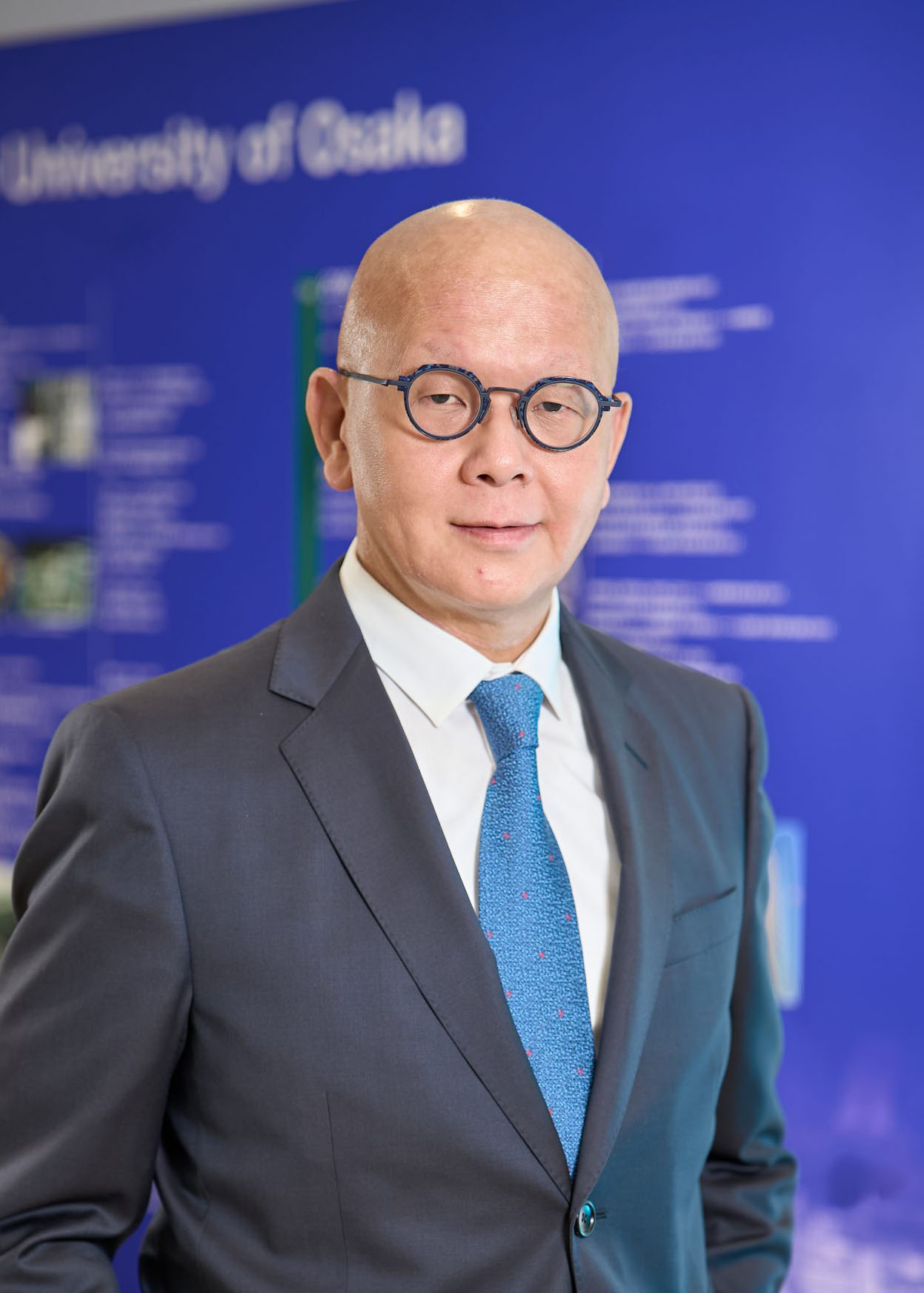
Adeno-associated virus (AAV) vectors are a cutting-edge platform for gene therapy that encapsulates therapeutic DNA in an capsid with diameter of 25 nm composed of virus proteins, and research and development is accelerating worldwide. With approved drugs already in the pipeline, AAV vectors are opening the door to new therapies for inherited, intractable diseases for which no cure has existed to date. However, there are still many technical challenges in the production and quality control of AAV vectors, and in particular, the establishment of production processes and quality analysis methods remains a major bottleneck. At this research base, we will develop a technology to predict manufacturability and quality characteristics from AAV vector sequence information. Furthermore, by utilizing our world-class quality analysis technology and promoting the establishment and advancement of manufacturing processes, we aim to realize “innovative manufacturing of high-quality vectors for gene therapy” that incorporates innovative processes.
We will expand these development technologies to actual clinical vector manufacturing, establish a cycle to rapidly put research outcomes to practical use, and return cutting-edge biotechnology to society, thereby paving the way for the future of gene therapy.
Akamatsu Research Base for Carbon Free Hydrogen and Ammonia Direct Combustion Utilization <Started in 2025>
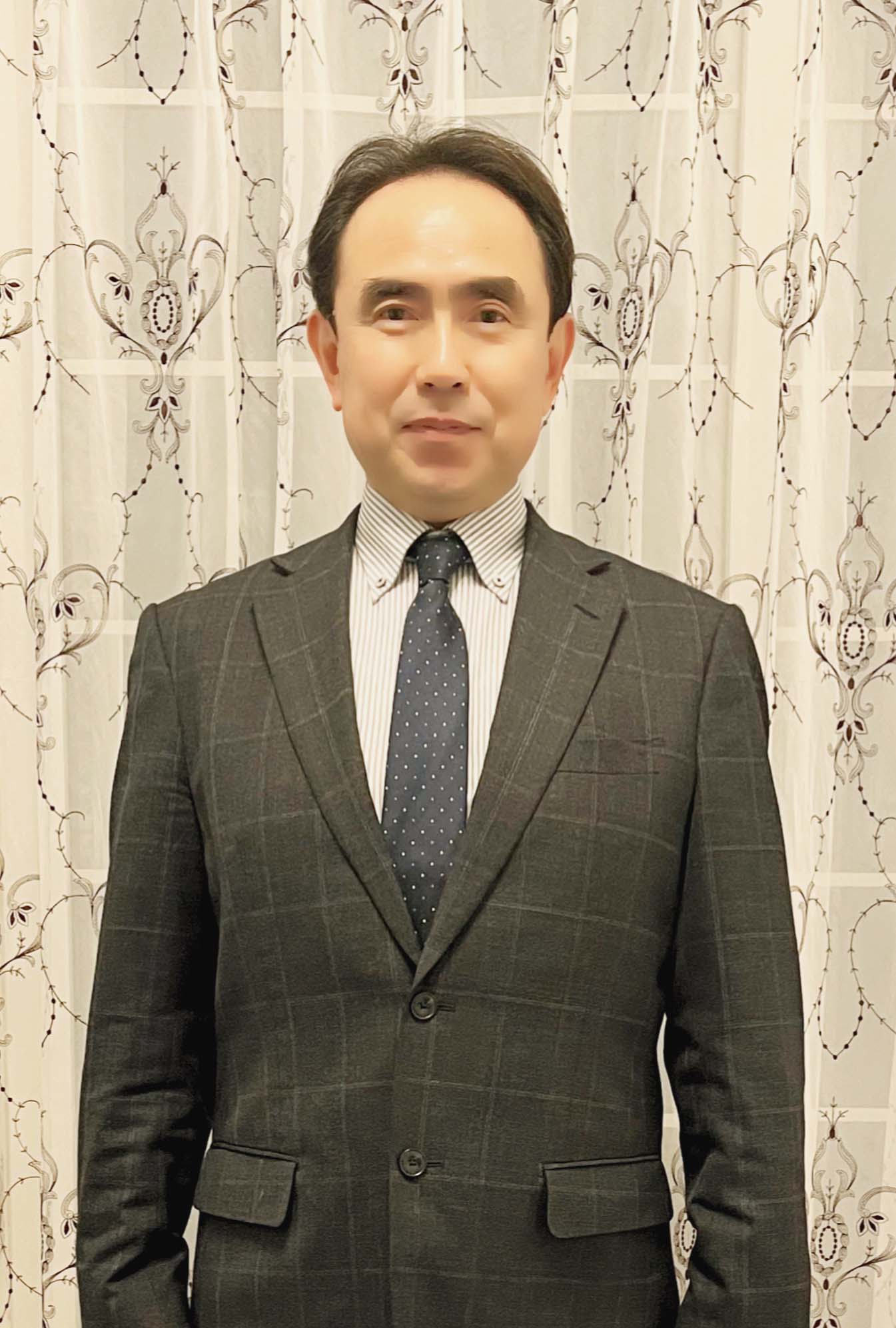
About 80% of the primary energy that we use is produced by the combustion of the fossil fuel. However, by increase of the atmospheric carbon dioxide concentration by the mass consumption of the fossil fuel, environmental problems such as the global warming have happened. In such situation, for the achievement of the carbon neutral of 2050 when our country aims, use of direct combustion of hydrogen and the ammonia which are carbon-free fuel attracts large attention. The carbon dioxide emission quantity is largely reduced by using carbon-free fuel such as hydrogen, the ammonia made from electricity produced by renewable energy as the fuel in thermal power stations and industrial heating furnaces. In addition, it is expected that electric power supply and demand adjustment and energy security are increased by using hydrogen, ammonia made in Japan as fuel. For these realization, it is essential to establish the combustion technique that emits no a nitrogen oxide and unburned fuel in the process of combustion of hydrogen and the ammonia.
At this study base, the research and development about generic technologies such as detailed measurement technique of the combustion field, numerical computation technique of the combustion that utilized a large-scale parallel super computer, the digital twin control technique of the combustion apparatus which utilized the big data and AI are conducted. Applying those technique to the actual combustion systems, the combustion technology of high efficiency and of the high added value are aimed by utilizing the characteristic of the carbon-free fuel.
Co-creation of a Collaborative Society Base
Hara Research Base for Future Design <Started in 2021>
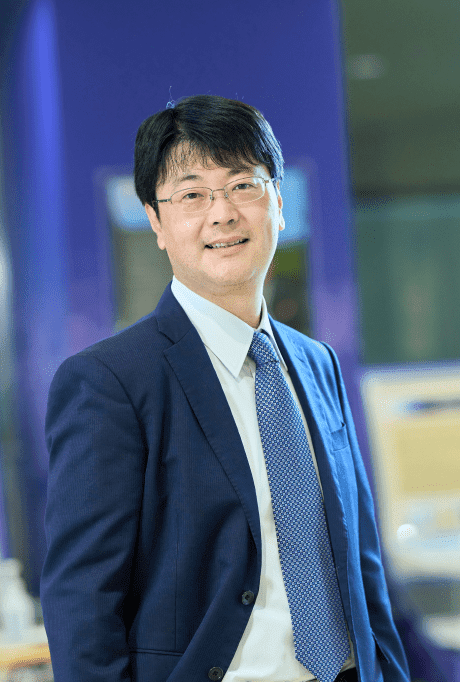
Modern society is facing a variety of long-term challenges, such as climate change, resource and energy issues, infrastructure maintenance, and industrial technology innovation. These are all sustainability issues that also impact on future generations. This is why new social systems and social technologies are required for generating sustainable decision-making and action that takes into consideration the preferences of future generations. This research base conducts research on “Future Design,” which is the design of social mechanisms and social systems that enable us to succeed a sustainable society to future generations, and practically implements this method through industry-academia-government “co-creation” initiatives. Thus, as well as deepening the theory and methodology of Future Design through engineering, we are taking practical action to promote the formation of a sustainable society based on Future Design theory and methodology through “co-creation” with local governments, national government, industries, and other stakeholders. Our practical applications cover a wide sphere of activities, including energy and resources, carbon neutrality, urban planning, disaster prevention, industrial R&D and technological innovation strategy planning. In recent years, we have focused particularly on 1) designing the process of transition to a carbon-neutral society; 2) building a model for resilient infrastructure maintenance/management; and 3) designing industrial technology innovation. By both developing the theory of Future Design more deeply and applying it to real-world issues, the research base aims to establish a new foundation for social engineering that explicitly incorporates the preferences of “future generations.”
Kaito Research Base for Infrastructure Risk Management Policy Making <Started in 2023>
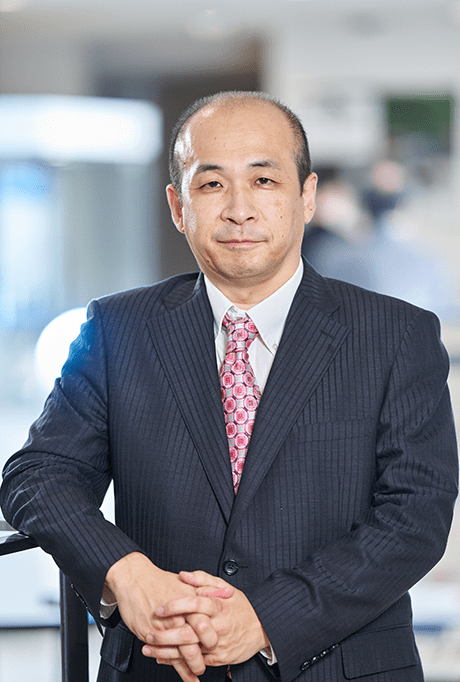
The public infrastructure built during Japan’s economic boom years is deteriorating. At the same time, with the increasingly intense and frequent meteorological disasters resulting from climate change and global warming in recent years, and the threat of an imminent major earthquake in the Nankai Trough or directly below the city of Tokyo, the need to address this problem of public infrastructure is becoming increasingly urgent. Responding to the deterioration of infrastructure can be considered asset management (day-to-day management), whereas preparing for natural disasters can be considered risk management (responding to extraordinary circumstances). Up to now in the academic sphere, both types of responses have been studied and developed in an independent and fragmented manner. In practice, however, policies typically address both day-to-day and emergency responses simultaneously. Therefore, in terms of practical application, it is essential to organically combine and link asset management and risk management. This research base works together with infrastructure managers to find and implement solutions to the pressing infrastructure issues of today. Furthermore, as backcasting problems for the near future, we are working to develop a policy design theory for incorporating diverse value judgments into infrastructure policies, a method of formulating sustainable infrastructure policies for addressing climate change and other global environmental challenges, and a theory of communication that connects various kinds of risks. More specifically, we have established five research groups within the base to cover the following topics: (1) deterioration risk; (2) natural disaster risk; (3) diversity of value judgments & behavioral change risk; (4) global-scale risk; and (5) risk communication.
Matsusaki Research Base for Biofabrication <Started in 2024>
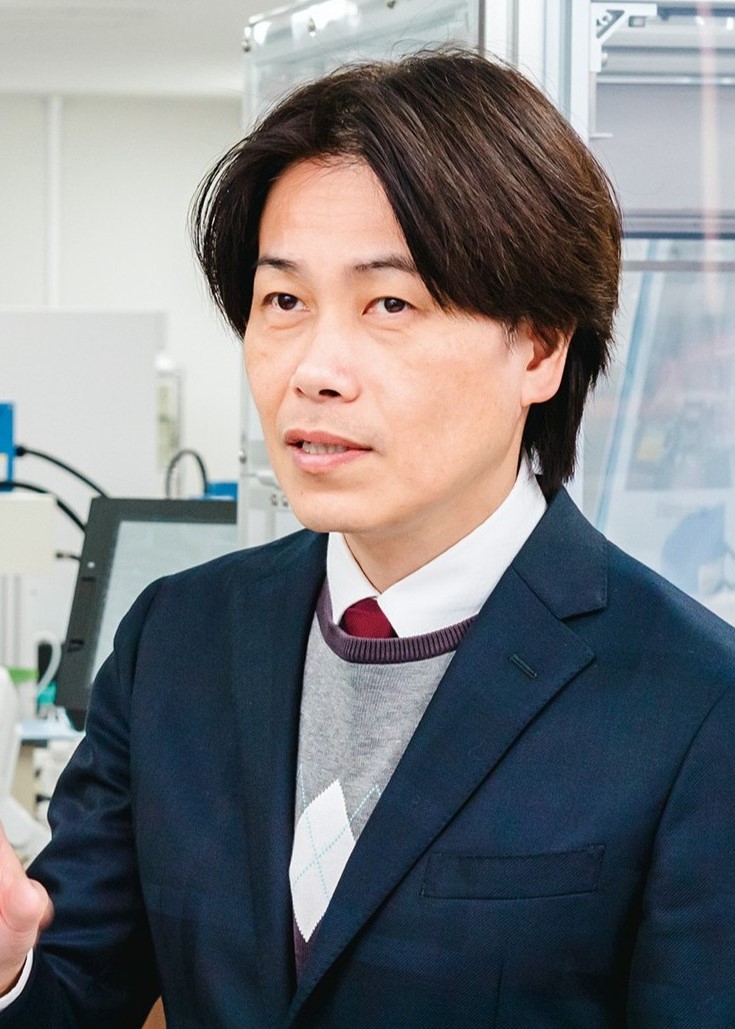
At the Matsusaki Research Base for Biofabrication, we will promote the establishment of a social co-creation center that contributes to the development of a sustainable future society through co-creation with government bodies such as Osaka Prefecture and relevant ministries and agencies, which are collaborating on exhibitions at Expo 2025 Osaka, Kansai. This will serve as a foundation for joint research courses and consortiums in partnership with industry and academia, centered around original biofabrication technology that enables the production of complex organ-like tissue and cultured meat.
This research center is setting its sights on the realization of a “3A manufacturing society” characterized by custom manufacturing that makes use of the increasingly diverse individuality of people and allows the production of Anything, by Anyone, Anytime (3A) at the level of community, company, and household. The research center will focus especially on the fields of medicine, pharmaceuticals, and food. We will pursue R&D on organ models for transplantation in the medical field, on high-throughput screening systems for drug efficacy and toxicity assessment in the drug discovery field, and on cultured meat, food powders, and food gels in the field of food technologies.
Furthermore, to link these initiatives to real-world implementation, we will promote the creation of an international center for medical food tech in the Osaka/Kansai region to harness synergies between food tech and medicine. We believe that Osaka, which is known as “the kitchen of Japan,” can become a world-leading center for the development and manufacture of future medical and food technologies, thereby giving rise to a new and competitive industry for the country.



